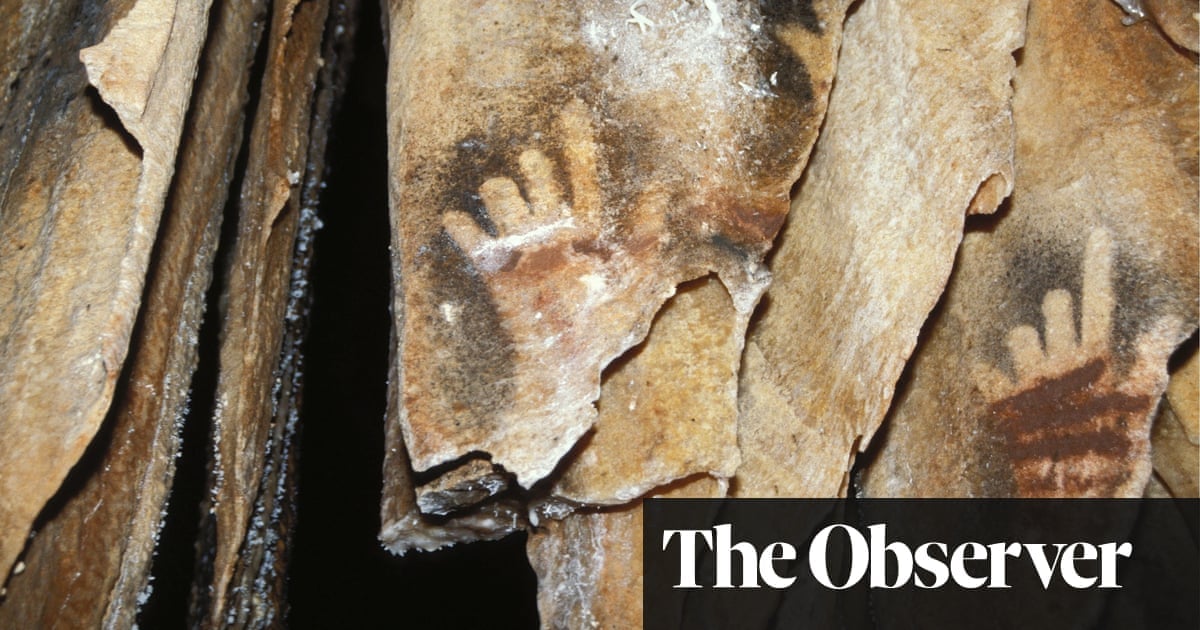Men and women might have had their fingers deliberately chopped off during religious rituals in prehistoric times, according to a new interpretation of palaeolithic cave art.
In a paper presented at a recent meeting of the European Society for Human Evolution, researchers point to 25,000-year-old paintings in France and Spain that depict silhouettes of hands. On more than 200 of these prints, the hands lack at least one digit. In some cases, only a single upper segment is missing; in others, several fingers are gone.
In the past, this absence of digits was attributed to artistic licence by the cave-painting creators or to ancient people’s real-life medical problems, including frostbite.
But scientists led by archaeologist Prof Mark Collard of Simon Fraser University in Vancouver say the truth may be far more gruesome. “There is compelling evidence that these people may have had their fingers amputated deliberately in rituals intended to elicit help from supernatural entities,” said Collard.



Sounds pretty fair.
Oh really? Sorta interesting, okay, what’s the evidence?
…
That is not convincing evidence.
Sure, it’s possible. If someone assembled some data that showed that in the modern day, ritual amputation is way more common quantitatively than accidental loss of digits, and showed that they were able to reject some other plausible explanations (e.g. showing that there wasn’t a particularly cold climate in that area that would cause frostbite to be more common than normal), then sure. But that’s not this paper, it sounds like.